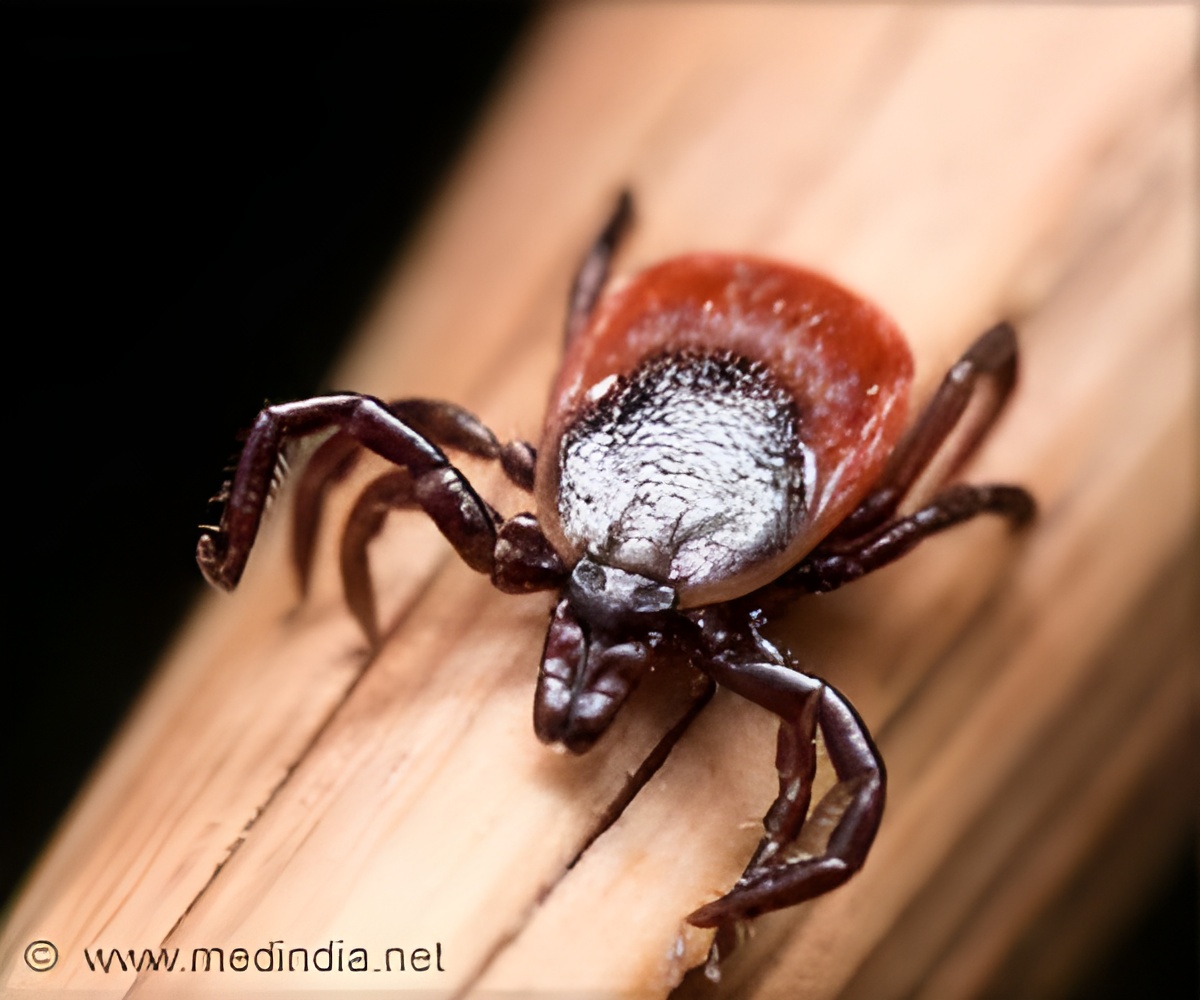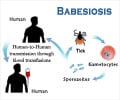
‘During the study, In a healthy person, the body's natural inflammatory response helps fight off an infection. With severe fever with thrombocytopenia syndrome (SFTS) infection, the virus directs the TPL2 gene to switch off that protective inflammatory response at the site of the tick bite - creating a protected spot in which the virus can amass copies of itself and spread throughout the body.
’
Tweet it Now
In the Jan. 7 Nature Microbiology, researchers describe the molecular mechanisms used by the virus to infect and sicken humans, a puzzle that has stumped scientists since the disease emerged in rural China in 2009.In a related discovery published in Nature Microbiology last month, researchers at USC and in Korea found that aged ferrets with the virus exhibit symptoms similar to those seen in older humans, while young ferrets show no clinical symptoms. An animal model in which to study the virus, a crucial tool in a vaccine or drug discovery, has been elusive, until now.
"The ticks are already in the United States. If they start spreading the virus, it will be a major problem," said Jae Jung, the study's senior author and chair of the Department of Molecular Microbiology and Immunology at the Keck School of Medicine of USC. "I started studying this virus five years ago because once it appeared in China, I knew it would eventually appear in the United States."
The findings come at a time when health officials are increasingly concerned about the growing danger of tick-borne illnesses. In the United States, Lyme disease accounts for most cases, but other illnesses are on the rise. The total number of reported cases has more than doubled in the past 13 years, according to the U.S. Centers for Disease Control and Prevention.
The new threat comes in the form of a bug new to North America -- the Asian longhorned tick, Haemaphysalis longicornis. It's a tiny, parasitic arachnid that's a major livestock pest in East and Central Asia, where it thrives under temperate conditions. After a blood meal, females drop off their host to produce 2,000 eggs at a time, with or without the help of a male.
Advertisement
The disease has spread to Japan and Korea since it appeared in China. The SFTS virus has not been detected in the United States yet, but the Asian longhorned tick was found in nine states during the past two years, including Arkansas, Connecticut, Maryland, New Jersey, New York, North Carolina, Pennsylvania, Virginia, and West Virginia.
Advertisement
Jung and his colleagues found that the virus targets a gene called TPL2, which is involved in the body's inflammatory response. In a healthy person, the body's natural inflammatory response helps fight off an infection. With SFTS infection, the virus directs the TPL2 gene to switch off that protective inflammatory response at the site of the tick bite - creating a protected spot in which the virus can amass copies of itself and spread throughout the body.
In animals, the researchers disabled TPL2 with an inhibitor; as a result, the body's healthy immune function kept viral replication in check, resulting in a milder infection - and suggesting that the TPL2 gene's signaling pathway presents a potential target for a therapy.
"We're very optimistic that these findings will help us get a vaccine up and running within several years," said Younho Choi, a post-doctoral researcher in the Jung lab and the study's first author. "We're already developing various vaccine candidates in mouse and ferret animal models. The idea behind the vaccine is to outsmart the virus by putting a roadblock, allowing the body's immune system to keep doing its job."
Source-Eurekalert















